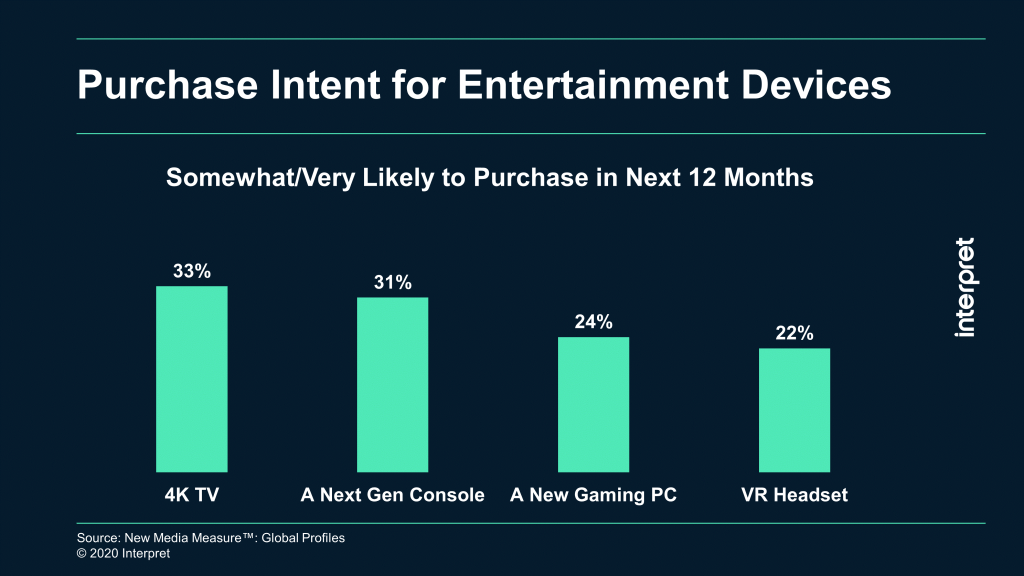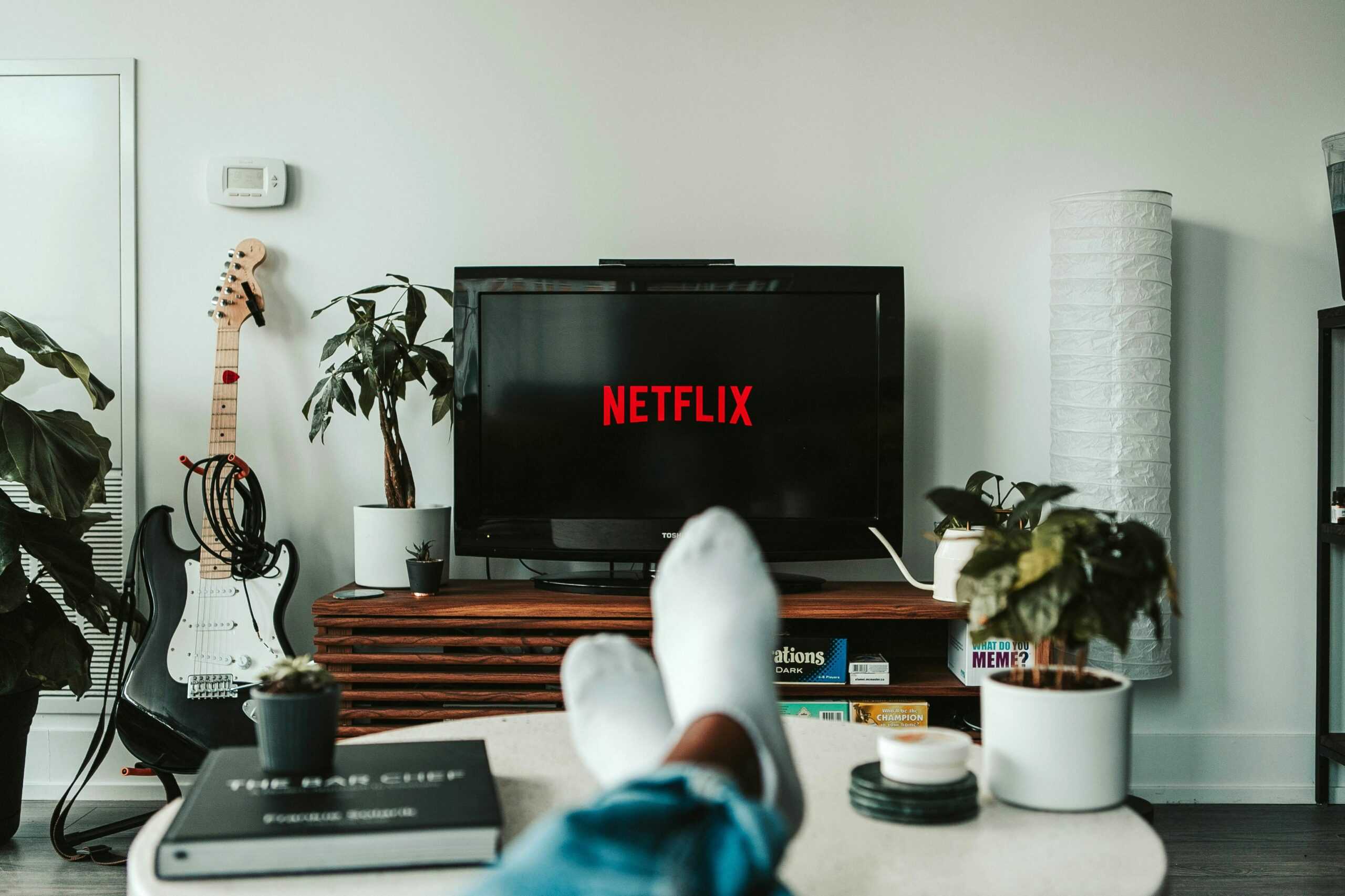Since the original Oculus Rift headset hit the market in 2016, the virtual reality industry has been unable to gain significant mainstream traction. Expensive PC VR headsets from Oculus, HTC Vive and others needed to be paired with high-end gaming PCs, making cost a huge barrier to entry for the average consumer.
That started to change last year when Facebook introduced the standalone VR device, Oculus Quest, with a far more affordable $399 price tag. The Quest is selling well, and developers finally have a VR platform that’s sustainable for their business. Over 35 Quest titles have generated millions of dollars in revenue. It’s no wonder that Facebook is now dedicating itself to an all-in-one VR solution with the Oculus Quest 2. The Rift and Rift S will be discontinued, but PC VR gaming will be supported on the Quest/Quest 2 via the Oculus Link function.
Quest 2 launches with better specs at an even lower price point ($299) on October 13th, making mainstream adoption more likely. “The $100 price drop is a great sign of Facebook’s drive and determination to rapidly expand the VR market and build a big advantage in VR before major mass-market stand-alone rivals arrive,” said Patrick O’Luanaigh, CEO of VR studio nDreams.
Not only does the new headset support the original Quest library, but with nearly 4K resolution (1832 x1920 pixels per eye) and an upgrade to bring 90Hz frame rates, the so called “screen door effect” should be minimized while immersion is maximized.
Critics have previously said that Facebook’s $2 billion acquisition of Oculus is not paying off, but the company is in this for the long haul. VR is still in its early days, but the technology can no longer be considered just a fad. Interpret’s NMM: Global Profiles® shows that almost a quarter of the world is somewhat or very likely to purchase a VR headset over the next 12 months. Oculus Quest 2 could very well be that headset.







